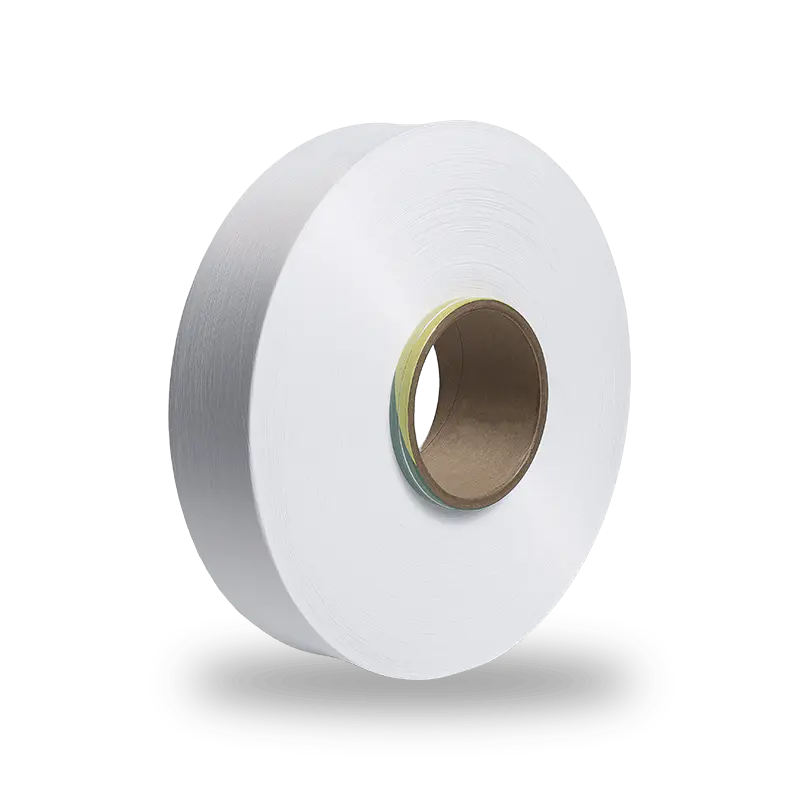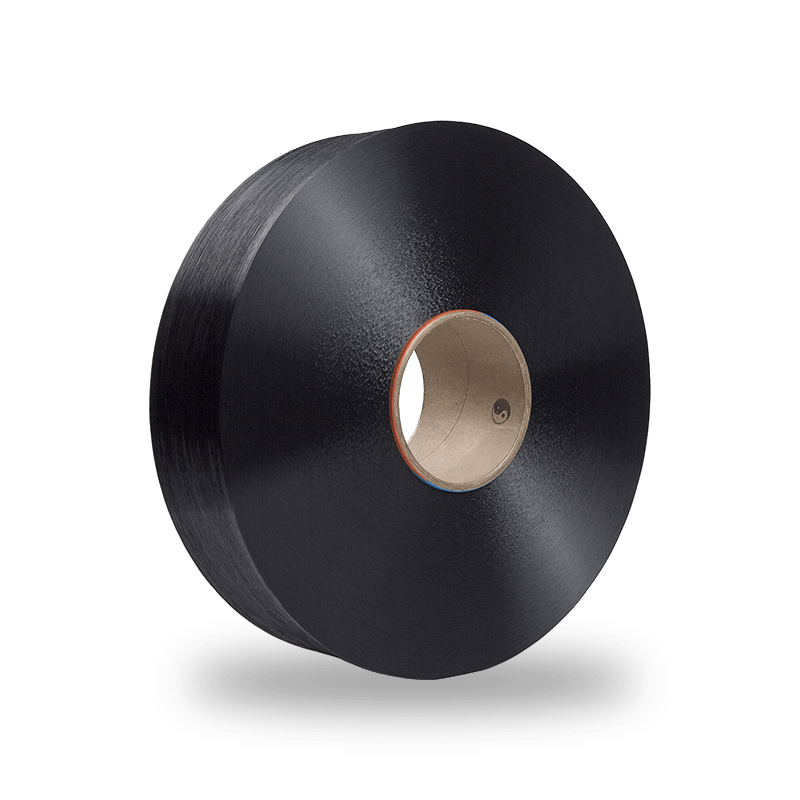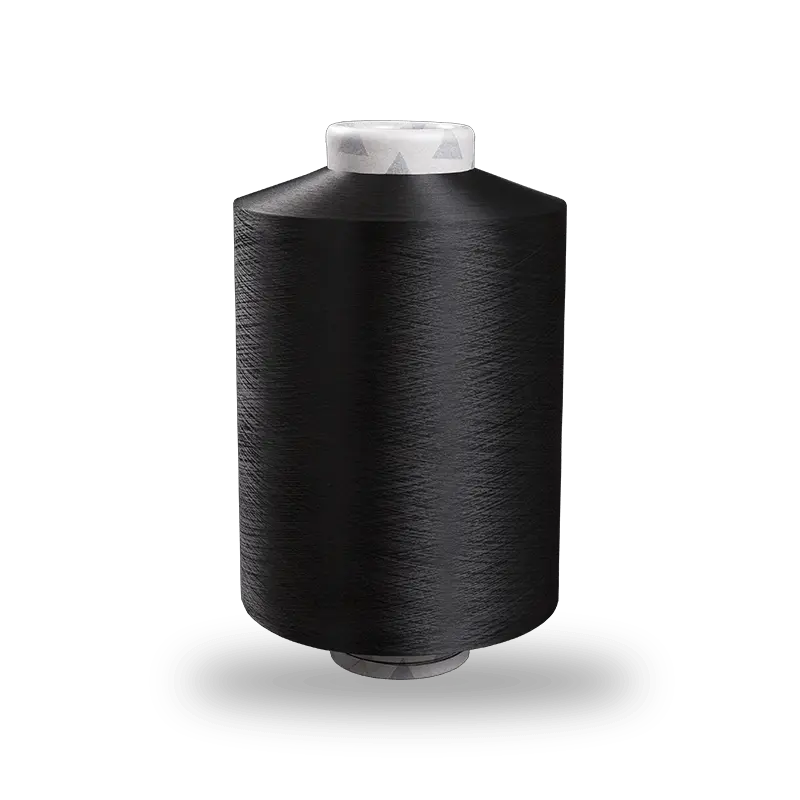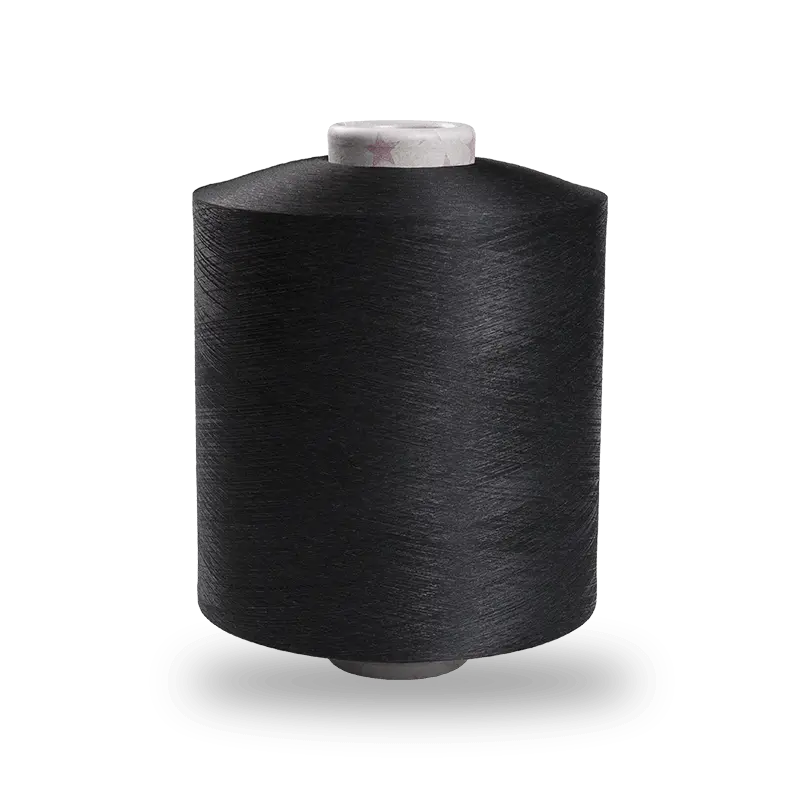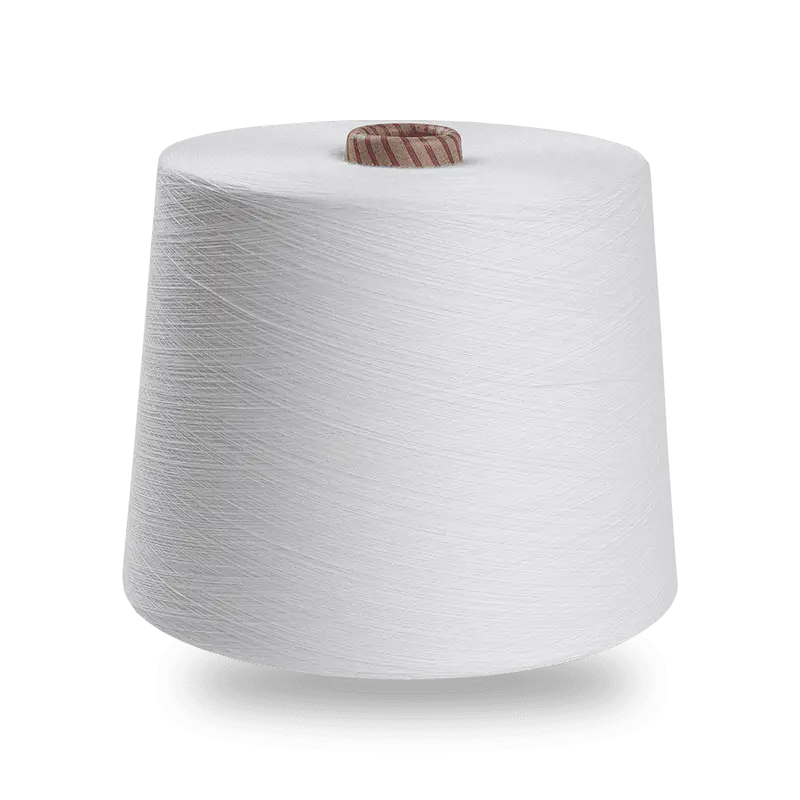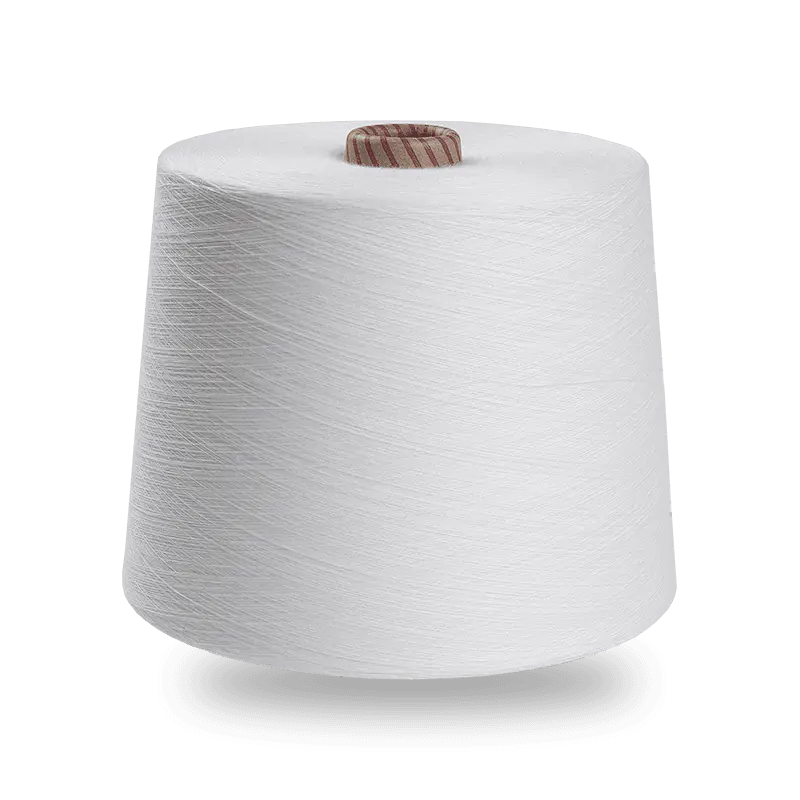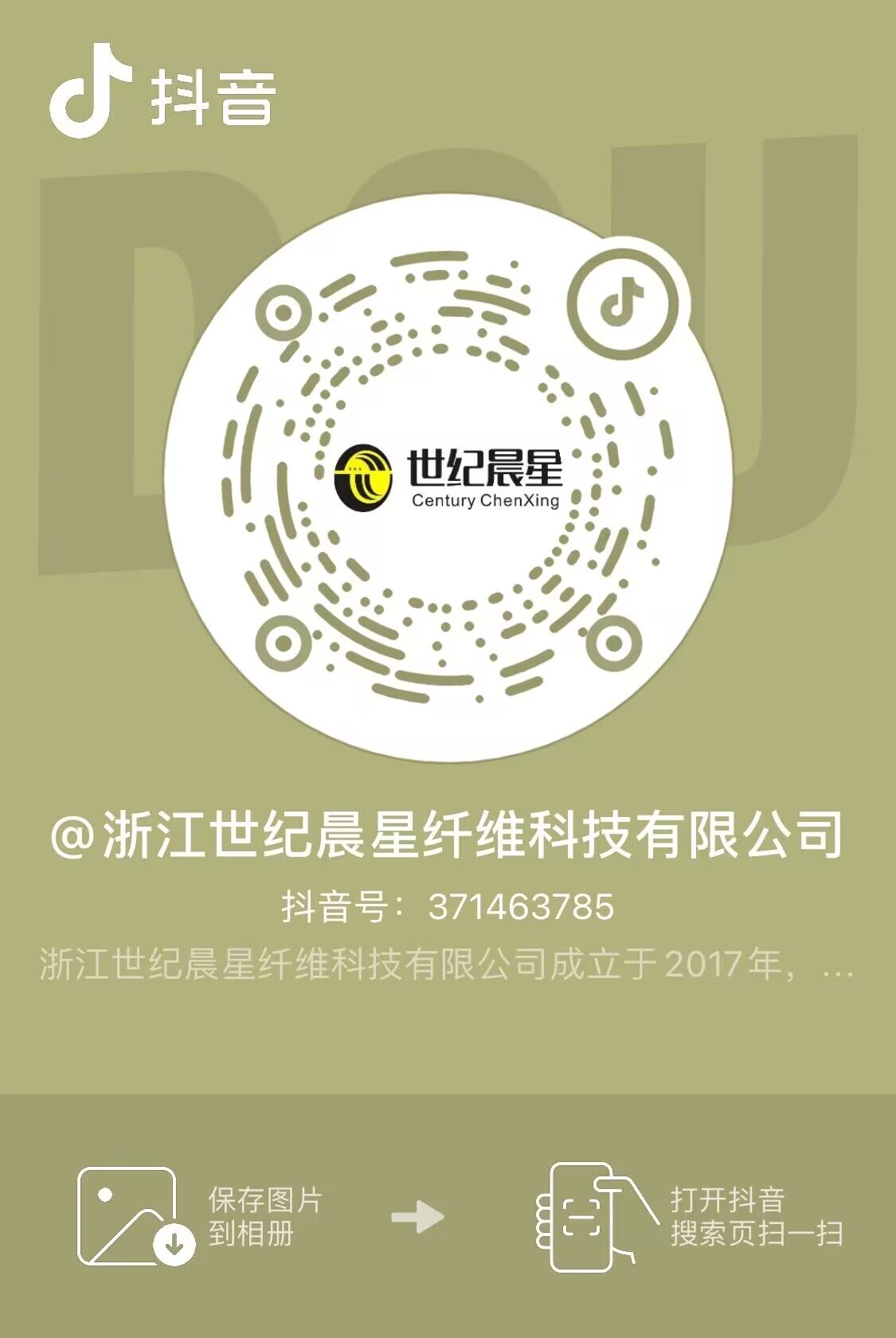Introduction: The Need for Sustainability in Textiles
The global textile industry, valued at over $2 trillion, is one of the largest sectors in the world. However, it is also one of the most resource-intensive, responsible for significant waste, pollution, and unsustainable production practices. The linear model of "take, make, dispose" has long governed textile manufacturing, with vast amounts of fabric ending up in landfills every year. This has led to a growing demand for sustainable practices, and the circular economy has emerged as a potential solution to transform this paradigm.
In a circular economy, the goal is to eliminate waste and continually use resources, creating a closed-loop system. For textiles, this means designing products with longevity, recyclability, and minimal environmental impact in mind. One such innovation supporting the circular economy is ring spun , a method that could significantly reduce waste and foster more sustainable practices within the textile industry.
Understanding Ring Spun: A Sustainable Alternative
At its core, ring spinning is a method of yarn production that involves twisting fibers together to form a strong, durable thread. The fibers used in ring spun yarn are typically longer and smoother compared to other methods, which makes the yarn more robust and durable. This enhanced quality not only increases the lifespan of the fabrics produced but also ensures that the garments made from them last longer and are less likely to end up in landfills prematurely.
The difference between ring spun and open-end yarns lies in the process: ring spun yarns undergo a more intricate, controlled spinning process that results in stronger, finer threads. On the other hand, open-end yarns are spun in a faster, less labor-intensive manner, often resulting in a weaker and more uneven texture.
The superior quality of ring spun fabrics means that they are more resilient and can withstand repeated wear and washing. By investing in high-quality materials like ring spun , brands and consumers reduce the frequency of garment replacement, one of the key contributors to textile waste.
How Ring Spun Supports the Circular Economy
A circular textile system focuses on the lifecycle of the material—from production to end-of-life. Ring spun plays an integral role in supporting this model in several key ways:
Reduction of Synthetic Fibers:
Ring spun , primarily made from natural fibers like , helps reduce the reliance on synthetic materials such as polyester, which are non-biodegradable and contribute significantly to environmental degradation. By opting for -based fabrics, the industry can lower its carbon footprint and reduce microplastic pollution in oceans and landfills.
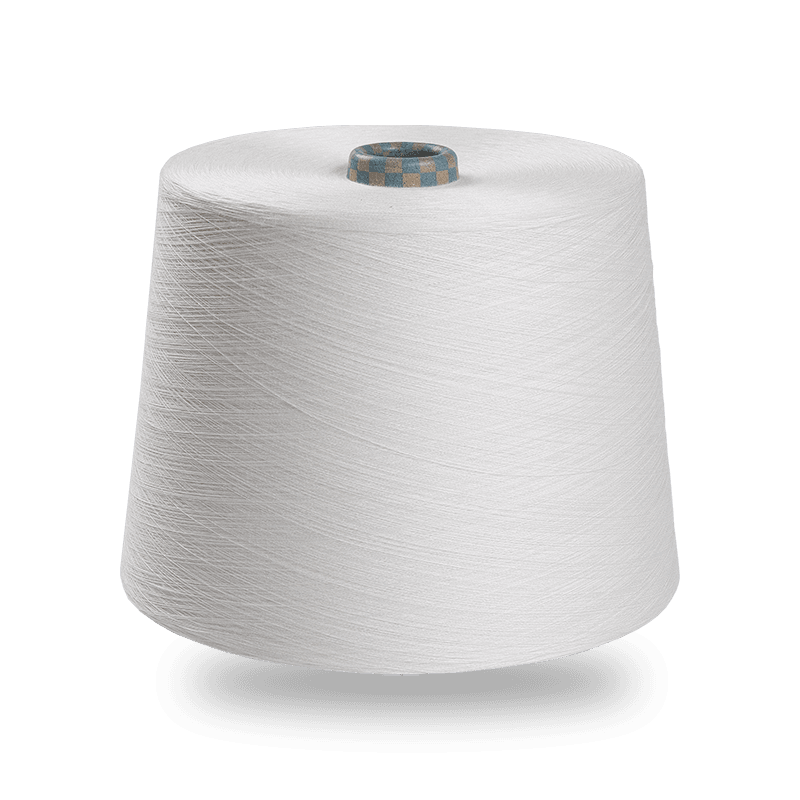
Enhanced Durability and Longevity:
The inherent strength and softness of ring spun result in fabrics that are more durable than their open-end counterparts. The longer lifespan of garments made from ring spun means fewer garments are disposed of, which reduces the strain on landfills and minimizes the need for new textiles to be produced.
Biodegradability:
Unlike synthetic fabrics that can take hundreds of years to decompose, is a natural fiber that breaks down much faster in landfills. Ring spun , being primarily made from organic materials, is far more environmentally friendly when it reaches the end of its life cycle. If a product is made from 100% or -blend fabrics, it can often be composted or recycled, contributing to the circular economy.
Recyclability and Reuse:
Ring spun is more suited for recycling compared to other types of yarn. Its longer and more uniform fibers make it easier to break down and reuse in future textile products. When garments made from ring spun reach the end of their life cycle, they can be shredded, re-spun, and used to create new yarn, further promoting the closed-loop cycle.
Sustainable Practices in Ring Spun Manufacturing
The process of manufacturing ring spun has become increasingly efficient over the years, with several innovations aimed at reducing the environmental impact of production:
Water and Energy Efficiency:
Water usage in farming and textile manufacturing has long been a point of concern. However, sustainable farming practices, such as organic farming, combined with innovations in water recycling during the spinning process, are helping reduce the environmental footprint of ring spun . Additionally, energy-efficient machinery and renewable energy sources are being incorporated into textile mills to further reduce the carbon footprint of ring spun production.
Low Chemical Usage:
The traditional dyeing and finishing processes in textile manufacturing often rely on harmful chemicals that can contaminate water sources and pose risks to human health. More sustainable ring spun production methods are incorporating eco-friendly dyes and chemical-free finishes to minimize environmental harm. Organic , when used in ring spun processes, significantly reduces the chemical load on ecosystems.
Fair Labor and Ethical Sourcing:
A key part of the circular economy is not just the environmental impact but also the social sustainability of production. Many ring spun producers are increasingly committed to fair trade practices, ethical sourcing, and ensuring that the workers involved in the farming and yarn production process are paid fair wages and work in safe conditions.
The Role of Brands and Consumers in Supporting Ring Spun Sustainability
Brands have the power to drive change by integrating sustainable practices into their supply chains. Many fashion companies are already prioritizing ring spun in their collections, seeing it as a way to align with both environmental sustainability and consumer demand for eco-friendly products.
For consumers, choosing products made from ring spun is a simple yet effective way to support sustainability. By purchasing high-quality, durable garments, consumers can make fewer replacements and reduce the overall demand for fast fashion. In turn, this reduces textile waste and the need for unsustainable production practices.
Challenges and the Future of Ring Spun in a Circular Economy
Despite its advantages, there are some challenges to adopting ring spun on a larger scale. The process of making ring spun yarn is more labor-intensive and time-consuming, which can result in higher costs compared to other types of yarn. This can make it difficult for smaller brands or companies to adopt ring spun as their primary material.
Additionally, farming is still associated with issues such as pesticide use, water scarcity, and land degradation. However, the growing demand for organic and the push for better farming practices offers hope for mitigating these environmental concerns.
The future of ring spun in the circular economy lies in technological innovations, more sustainable farming practices, and a shift toward responsible consumption. As the textile industry continues to evolve, the integration of ring spun materials in sustainable fashion is expected to grow, helping to create a more circular and environmentally friendly textile supply chain.
Conclusion: Bridging the Gap Toward a Sustainable Textile Industry
The concept of the circular economy is crucial for the future of the textile industry, and ring spun offers a tangible way to move toward a more sustainable supply chain. By prioritizing durability, recyclability, and ethical practices, ring spun has the potential to significantly reduce textile waste and minimize environmental impact.
For the textile industry to fully embrace a circular economy, collaboration between brands, manufacturers, and consumers is essential. By understanding the value of high-quality, sustainable materials like ring spun , we can foster a more sustainable future for fashion and textiles—one that respects both people and the planet.


 English
English 中文简体
中文简体 Español
Español عربى
عربى
